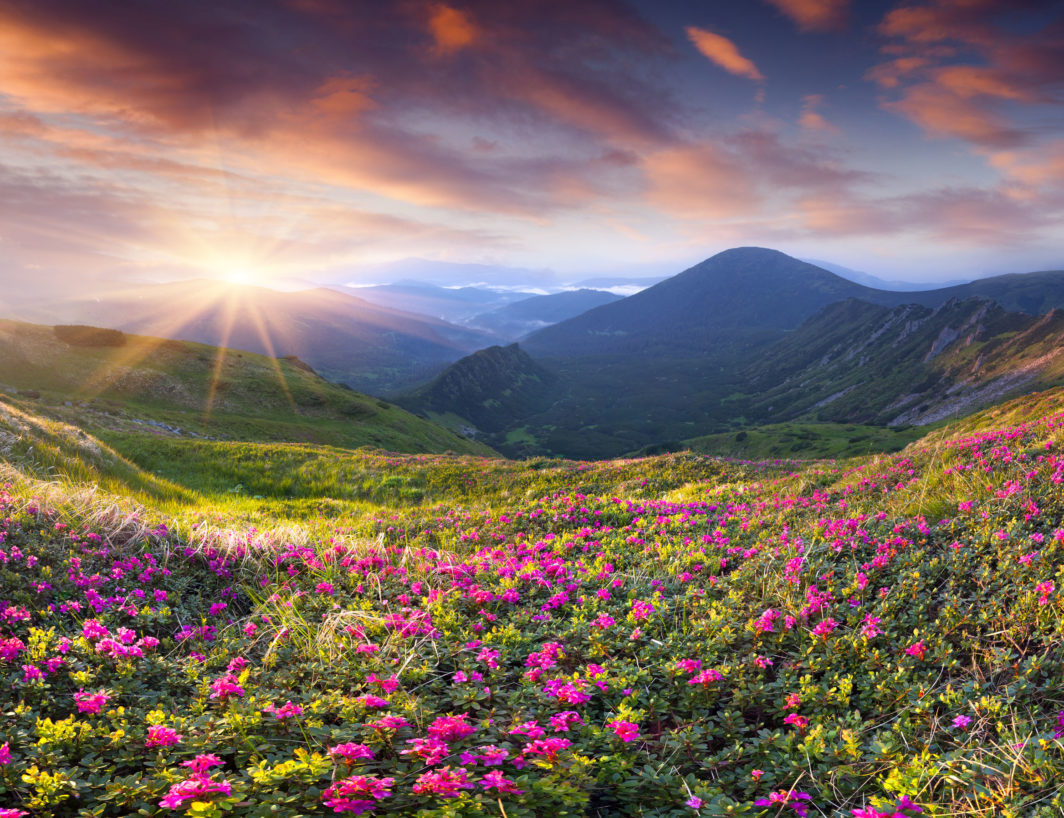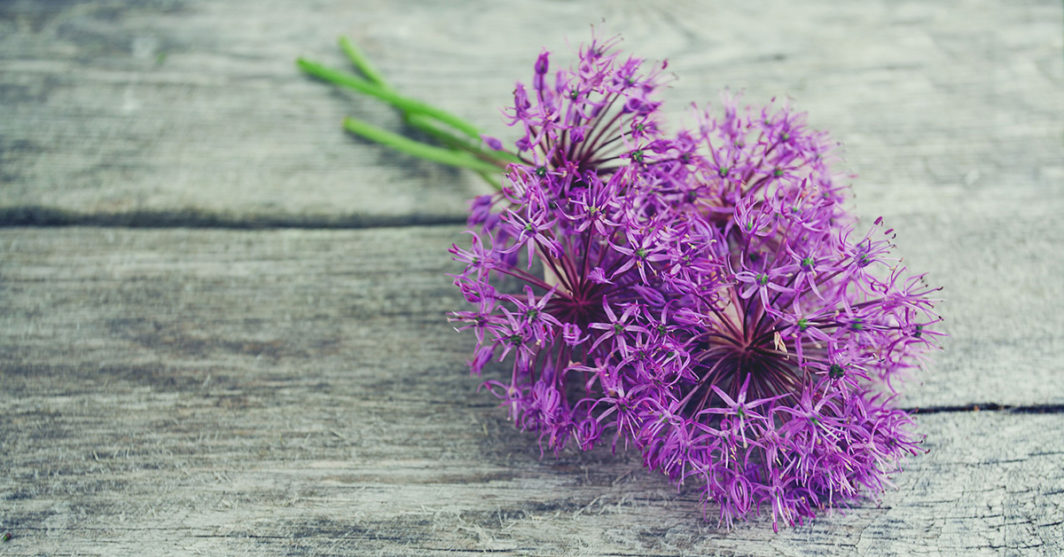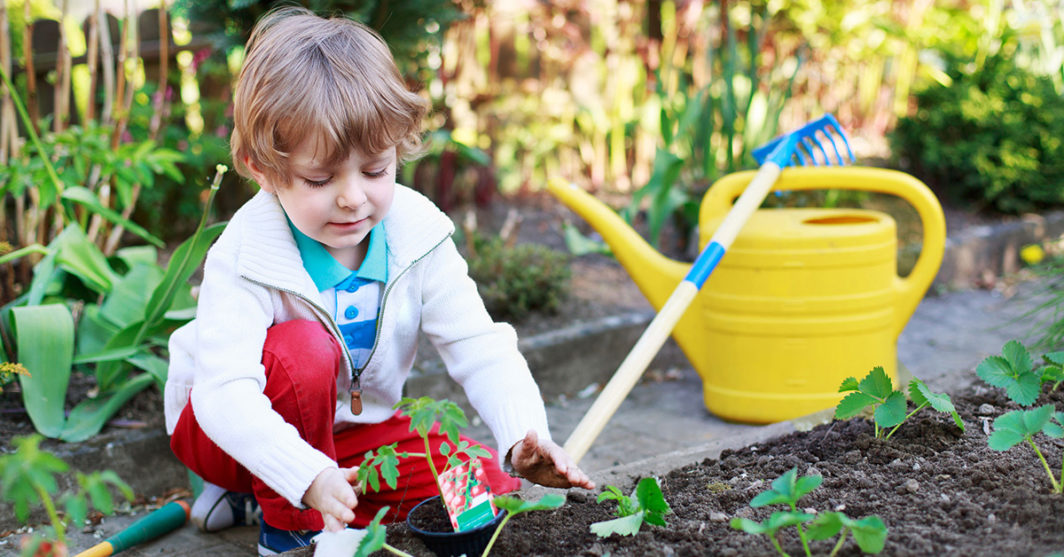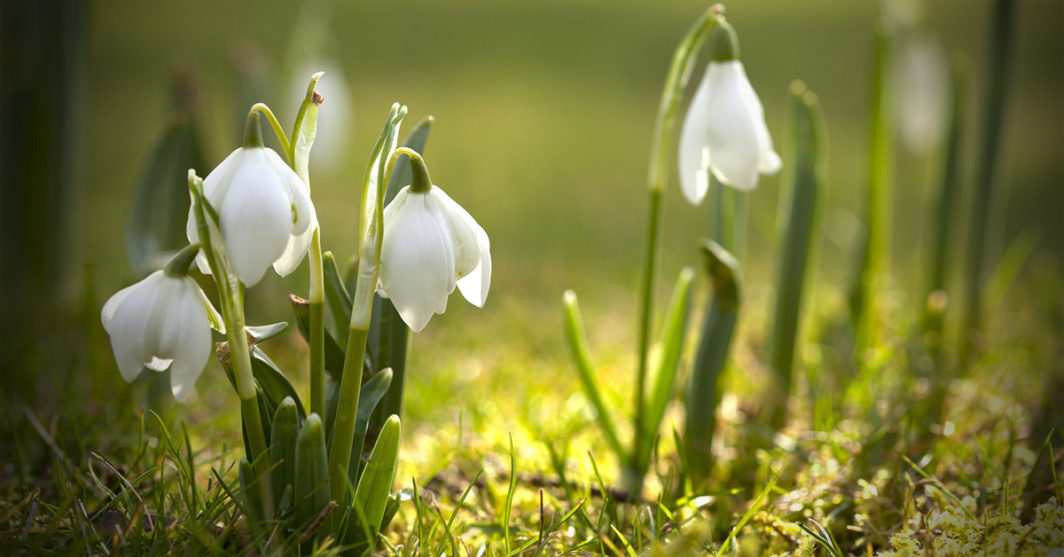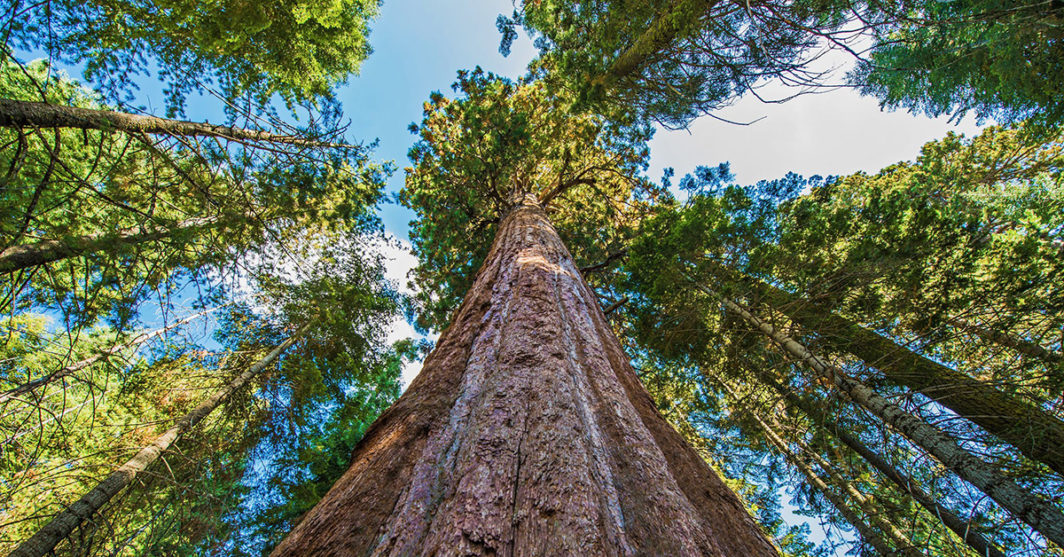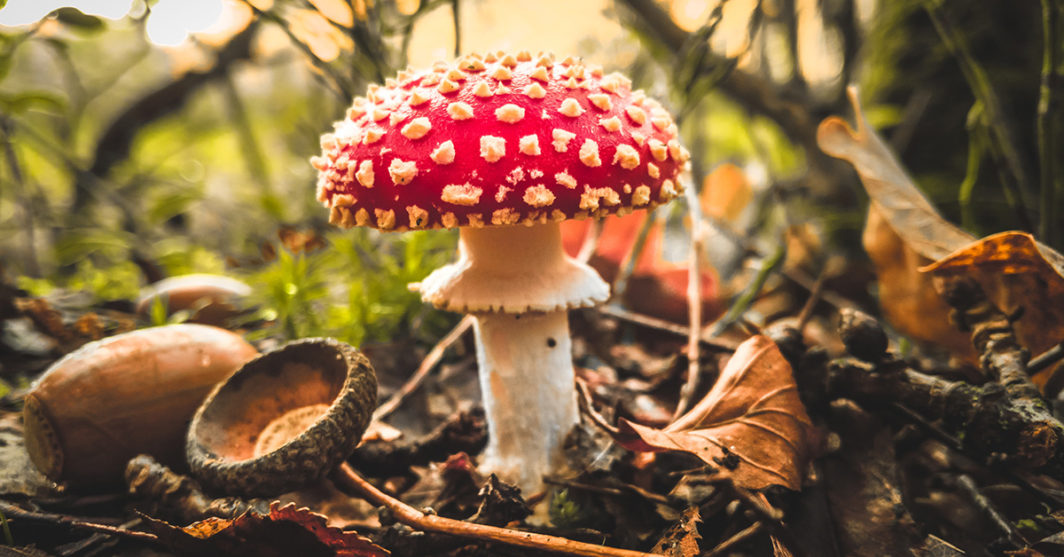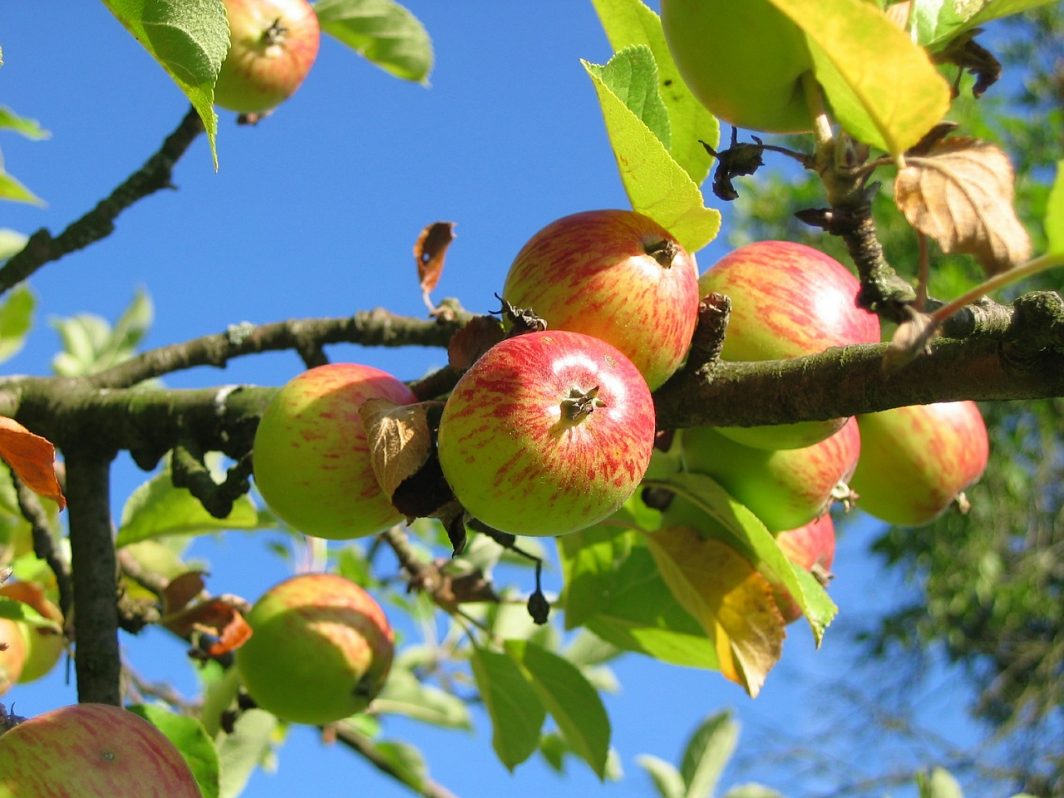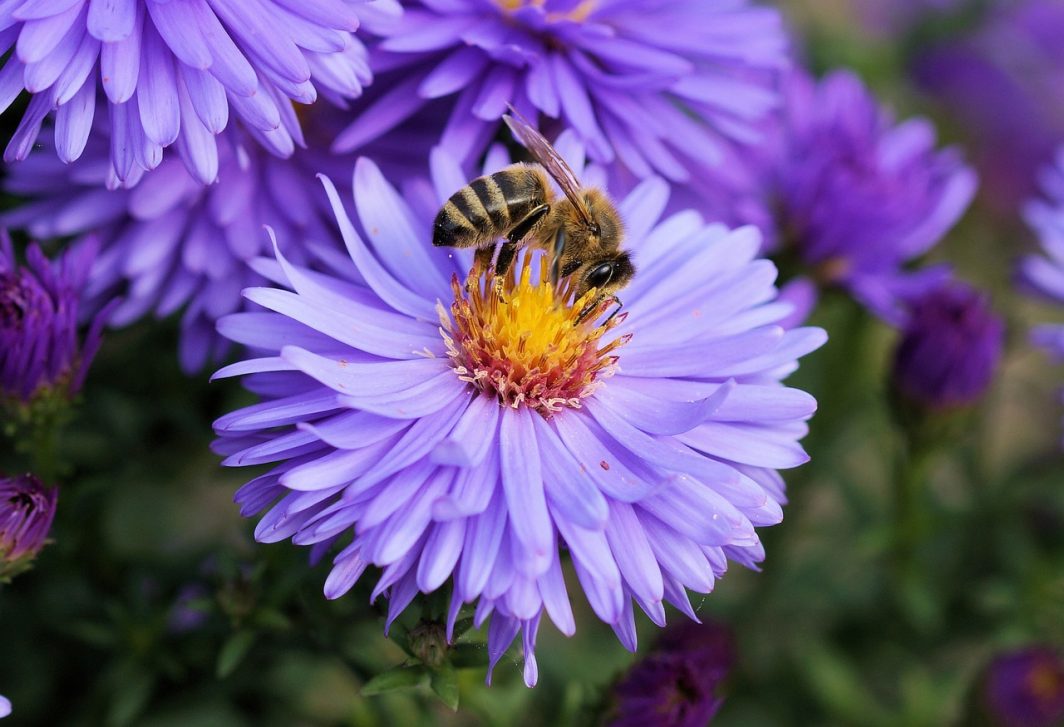Rhododendrons make for a splendid display in any formal garden. These evergreen and deciduous trees and shrubs flower between late winter through to early summer, granting us a beautiful backdrop of large, delicate, exotic-looking flowers. Not only did Lady Gilbert love them, here’s 10 reasons why we do too! #1: Planting Rhododendrons takes some planning Lady Gilbert planted her Rhododendrons … Read More
The perennial Allium
Lady Lucy Gilbert loved her flowers. Having planted the formal garden at Grim’s Dyke, along with the sunken rose garden, she ensured there were always beautiful and colourful flowers to break up the seasons. Dotted amongst the roses in the sunken garden, Lady Gilbert had planted both Geraniums and Alliums. The Allium family Alliums are part of the large Amaryllidaceae … Read More
Ten simple Organic Gardening tips
Here at Grim’s Dyke we’re big advocates of organic gardening. Not only does it help us grow produce to contribute to some of the amazing dishes in our restaurant, it’s also great for the environment. If you’re looking to go organic, here’s our top ten tips to help make your organic gardening easier. #1: Water in the morning This give … Read More
Snowdrops – 10 surprising facts about these dainty little flowers
One of the first flowers of the new year, the snowdrop is one our most endearing flowers. Not only does it remind us that spring is just around the corner, this delicate bell-shaped flower, has an interesting background. Here’s 10 things you didn’t know about the snowdrop. #1: It’s Greek name ‘Galanthus’, translates as the ‘milk flower’! Known by several … Read More
Giant Redwood trees, Victorians and The Grim’s Dyke
Wander around the formal gardens at Grim’s Dyke and you’ll be surrounded by the breath-taking beauty of nature. Lady Gilbert planted a stunning array of flowers and plants, with the most noticeable being several Redwood trees, now over 100 years old. As with any Victorian gardener with status, Lady Gilbert would have loved exotic plants – and would have relished … Read More
10 Facts about the Green woodpecker
There are three woodpeckers that breed in Britain – the Green woodpecker, the Greater woodpecker and the Lesser Spotted Woodpecker. The Green woodpecker is the largest of the three. Here are ten interesting facts about these colourful birds. #1: The scientific name for a Green woodpecker is Picus viridis The Green woodpecker is from the Picidae family of birds and … Read More
The fairytale toadstool: Amanita muscaria
Toadstools and mushrooms are a common sight in the UK. Whether you’re talking about the Victorian era or today, there are two instantly recognisable descriptions; one is that of the closed cup mushroom – and the other is the Amanita muscaria toadstool. You could be forgiven though, for not recognising it from its official name but, if I told you it was red with … Read More
How and where to spot Muntjac Deer in Harrow
What are Muntjac Deer? Muntjac deer, also known as Mastreani deer and barking deer, (given their repeated loud bark) are exotic looking deer, that can grow up to 52cm at the shoulder and weigh up to 16kg. You can often hear the male buck deer giving a loud bark, the females and kids however, tend to let out squeaks. When … Read More
Victorian Orchards
Fruit growing rose in popularity during the 1870s and became an important pastime of the Victorians. No longer was fruit growing limited to farmers, looking to produce Perry and cider, as a form of payment to their labourers, the wealthier Victorians created orchards on their estates too. These comprises of not just apples and pears, but also stone fruits too, … Read More
Flowers and plants that attract bees
If you want to attract bees into your garden, you don’t have to turn the whole garden into a mass of pollen-producing flowers (although that would look amazing!). You can easily help the bees in your area, by ensuring you have pollen and nectar rich plants for the different seasons. If you have plenty of room, you could also section … Read More


